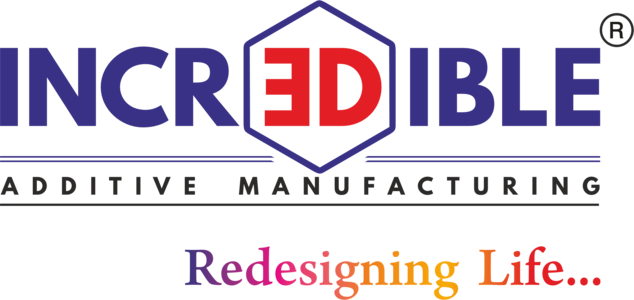What is it?

Bulky metal component consumes extra material which not only adds to the weight, but also to heat dissipation capacity of the component. Reduction of material from a part without compromising mechanical properties is a challenge, however metal 3D printing has enabled us to reduce a part weight through innovative lattice structures. Strength of a part relies on material used and its structure. As name suggests itself, lattice structure is something to do with the structure of a part. The material is structured in such a way that it can sustain heavy load at lowest part to weight ratio. Additionally, increased surface area significantly raises heat dissipation capacity of the structured components. As a result, in many heat transfer applications, high strength material can be used without having to face thermal expansion issues at elevated temperatures.
Benefits

- Reduction in part weight without compromising material properties
- Faster cooling of a part
- Material saving
- Reduction in production time
- Cost Saving
Application Industries






Process

| Steps | Description |
| 01 | Select a part |
| 02 | Finite element analysis (Structural) |
| 03 | Identify areas Lattice Structure can be incorporated |
| 04 | Choose appropriate Lattice structure |
| 05 | Redesign part by introducing Lattice Structure |
| 06 | 3D Printing |

